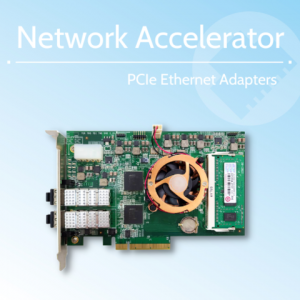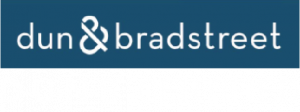What is COM-HPC? (Compared with COM Express Type 7)
It is like COM Express a computer-on-module standard for high-performance embedded computing, following on from COM Express 3.0. It promises considerably higher transmission performance, many more high-speed interfaces, and significantly faster network connections. While COM Express establishes this connection with 440 pins, the COM-HPC specification provides 800 pins. This doubles the maximum number of PCIe lanes from 32 for COM Express Type 7 to 64 or COM-HPC/Server.
Current COM Express modules (Type 7) at the edge server level offer a maximum of 10 Gbt Ethernet per signal pair. COM-HPC specifies 25 Gbit Ethernet and more. That’s why COM-HPC is better for fast up, down, and crosslinks in all directions.
The significant changes to baseboard/carrier board design will relate to signal routing. With the COM-HPC, the PCIe-4.0 and 5.0 can be up to four times faster than PCIe-4.0, requiring careful routing to ensure signal integrity – and 4.0 and 5.0 cannot travel as far as previous versions. As to the material of the PCB, it has been FR-4 for many years which is sufficient for PCIe-3.0 COM Express modules. Achieving the best performance for COM-HPC will require changing to a base material with lower transmission loss such as Megtron-4 laminates. To ensure signal integrity, the design of connection and thermal would be crucial.









